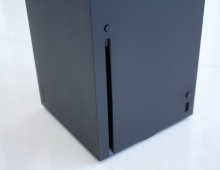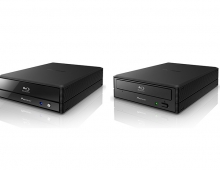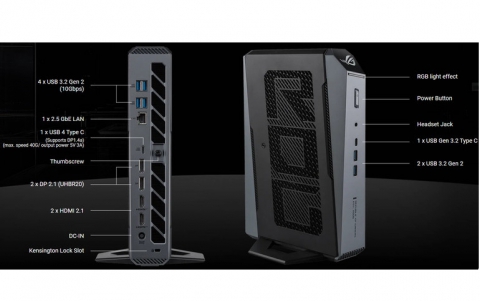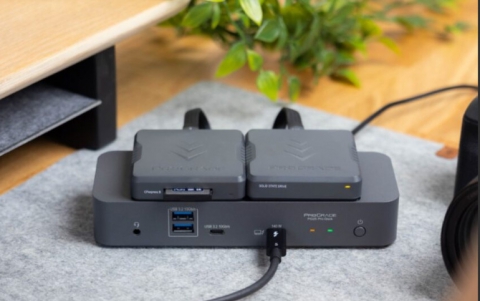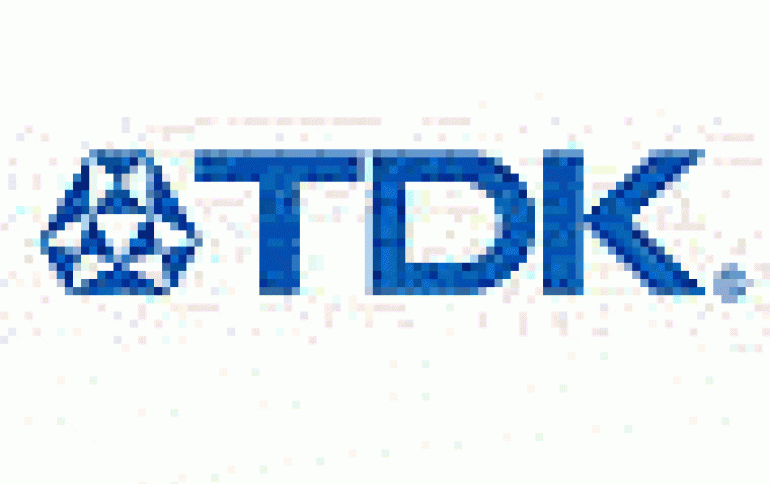
TDK To Showcase 320GB Blu-ray Disc Prototype
TDK developed a new optical disc with a capacity of 320GB, using 10 recording layers.
TDK's latest prototype disc features 10 layers, each of them cpable of holding 32GB of data. The disc can be burned using a 405nm blue-violet semiconductor laser and an objective lens with a numerical aperture (NA) of 0.85 - a configuration currently met in Blu-ray players/recorders. Of course, this does not mean that the disc would be compatible with the available Blu-ray recorders, since the laser power needed to burn data in 10 layers varies from 13 ~ 28mW, according to the layer.
On the other hand, the disc could be readable with BD equipment. TDK claims that the transmittance of the outermost layer of the disc, which requires the highest transmittance, is more than 90%, while the symbol error rate of the stored data is less than 10-4. This means that the data could be retrieved with adequate reliability.
TDK has succeded in the development of the multi-layer disc using layers made of different materials. An inorganic Si-Cu alloy layer was used for the L0 layer. On the L1 to L9 layers, recording marks are maintained by using an inorganic material composed of bismuth peroxide and germanium dioxide. By adjusting the composition of the used materials, TDK managed to maintain adequate transmitance characteristics for each recording layer.
This is TDK's third multi-layer, high capacity disc since 2006. TDK was the first to develop a 100GB prototype recordable Blu-ray Disc in 2005. One year later, TDK had prototyped a write-once recording medium having six layers, each of which has a capacity of 33.3 Gbytes (200 Gbytes in total). The transmittance of the outermost layer of the disc, which requires the highest transmittance, was 80 to 90%.
The company plans to exhibit the disc at CEATEC JAPAN 2009, which will run from Oct 6 to 10, 2009, at Makuhari Messe in Chiba Prefecture, Japan.
For additional information, read Tech-On's report for the show.
On the other hand, the disc could be readable with BD equipment. TDK claims that the transmittance of the outermost layer of the disc, which requires the highest transmittance, is more than 90%, while the symbol error rate of the stored data is less than 10-4. This means that the data could be retrieved with adequate reliability.
TDK has succeded in the development of the multi-layer disc using layers made of different materials. An inorganic Si-Cu alloy layer was used for the L0 layer. On the L1 to L9 layers, recording marks are maintained by using an inorganic material composed of bismuth peroxide and germanium dioxide. By adjusting the composition of the used materials, TDK managed to maintain adequate transmitance characteristics for each recording layer.
This is TDK's third multi-layer, high capacity disc since 2006. TDK was the first to develop a 100GB prototype recordable Blu-ray Disc in 2005. One year later, TDK had prototyped a write-once recording medium having six layers, each of which has a capacity of 33.3 Gbytes (200 Gbytes in total). The transmittance of the outermost layer of the disc, which requires the highest transmittance, was 80 to 90%.
The company plans to exhibit the disc at CEATEC JAPAN 2009, which will run from Oct 6 to 10, 2009, at Makuhari Messe in Chiba Prefecture, Japan.
For additional information, read Tech-On's report for the show.




